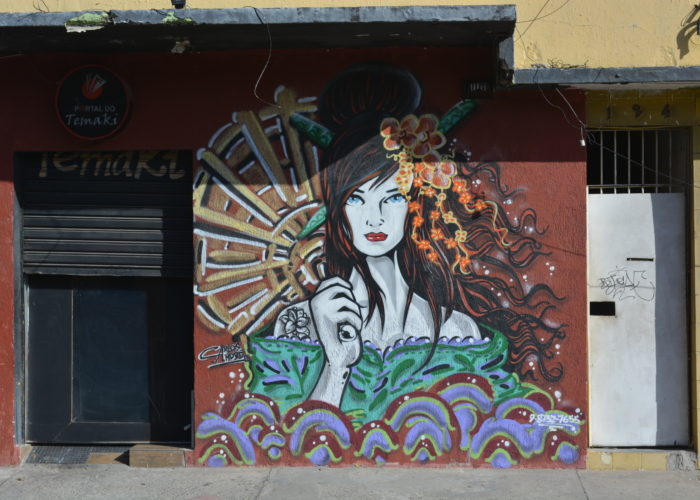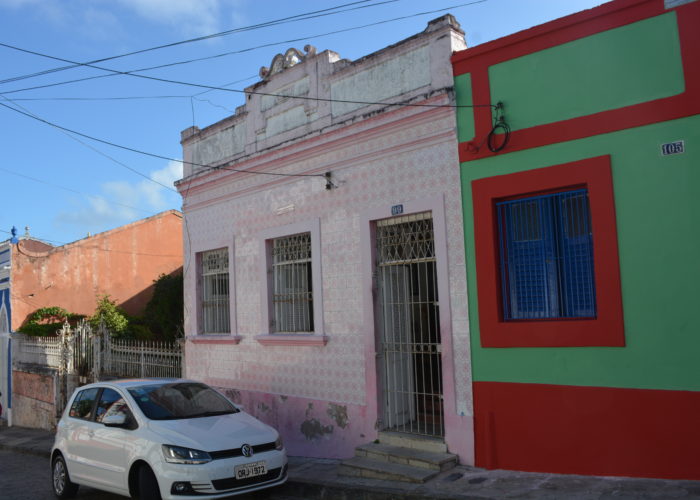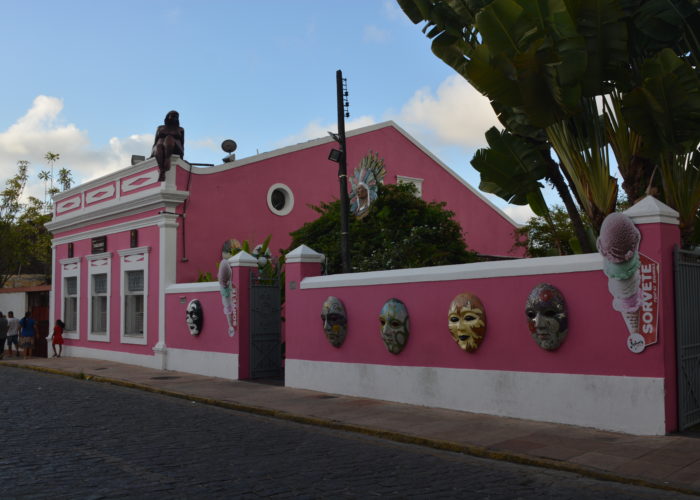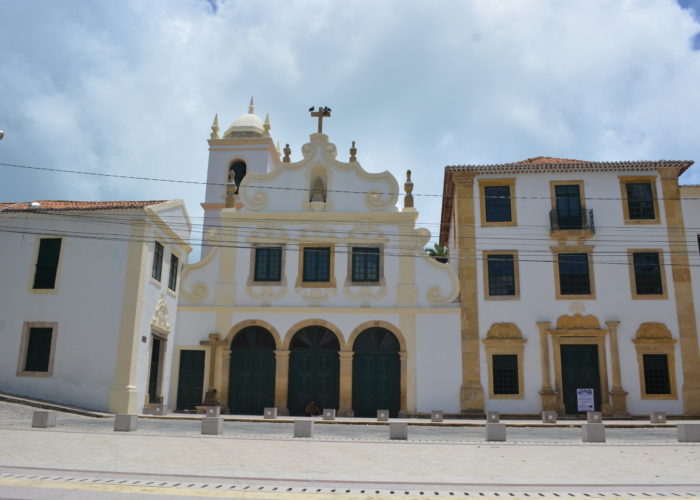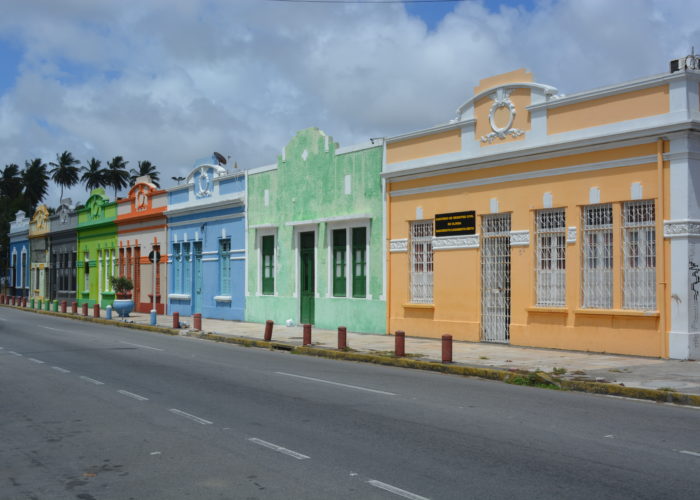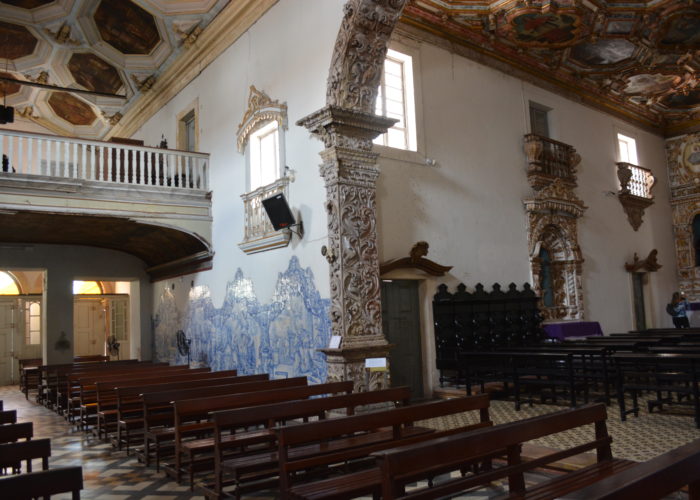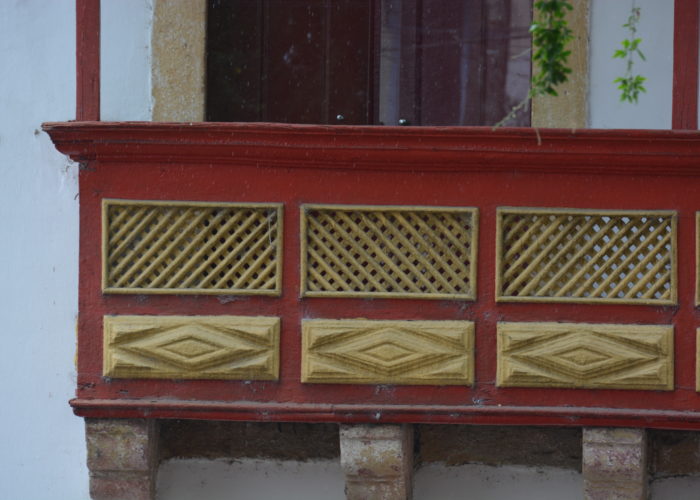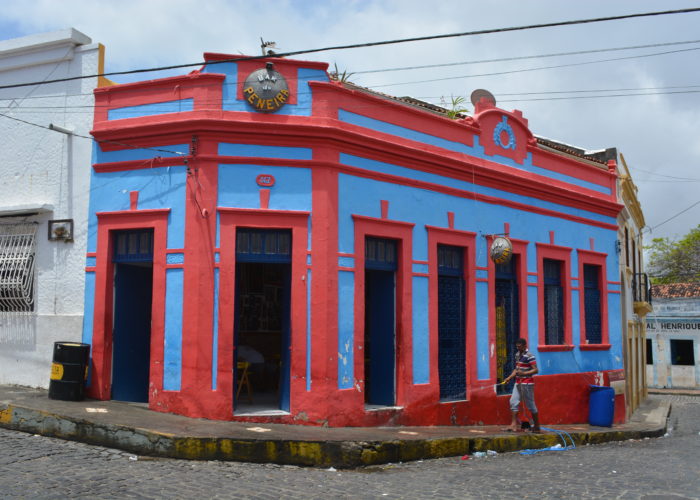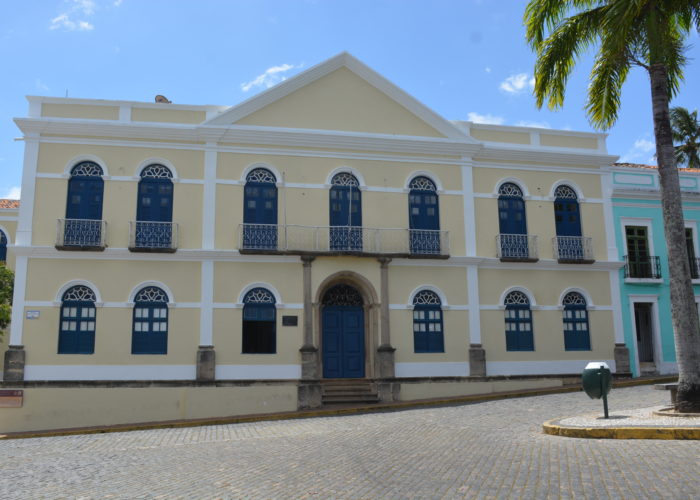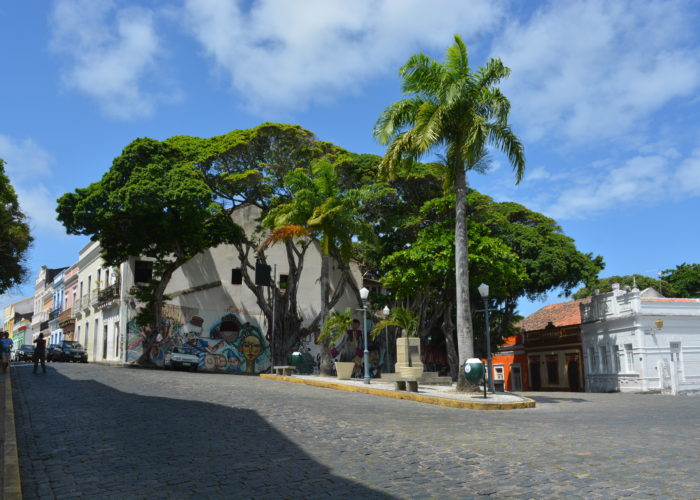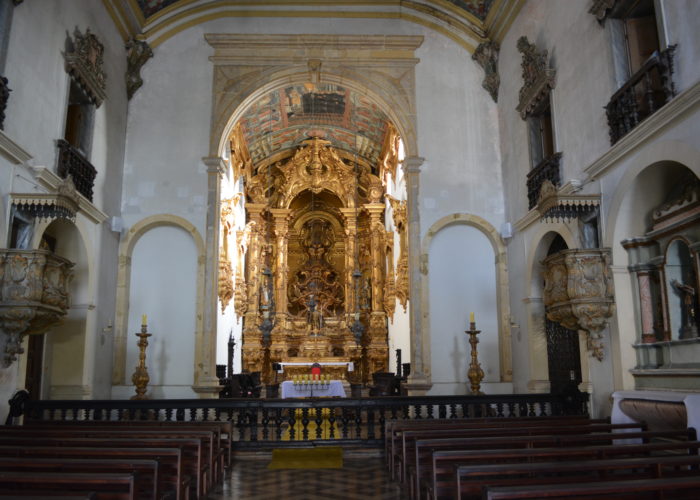Our journey continued from the beach resorts of Northern Brazil into Pernambuco State and the landscape changed. Pernambuco State is in the heart of Brazil’s sugar plantation country. Its major town is Recife, another of Brazil’s large metropolitan areas with a population of over 4.5 million. Recife has numerous tall apartment blocks, and with its large port is also a major industrial city in Brazil. It looks more prosperous than some of the cities further north and has that racial mix that is typical of Brazilian cities much further south.
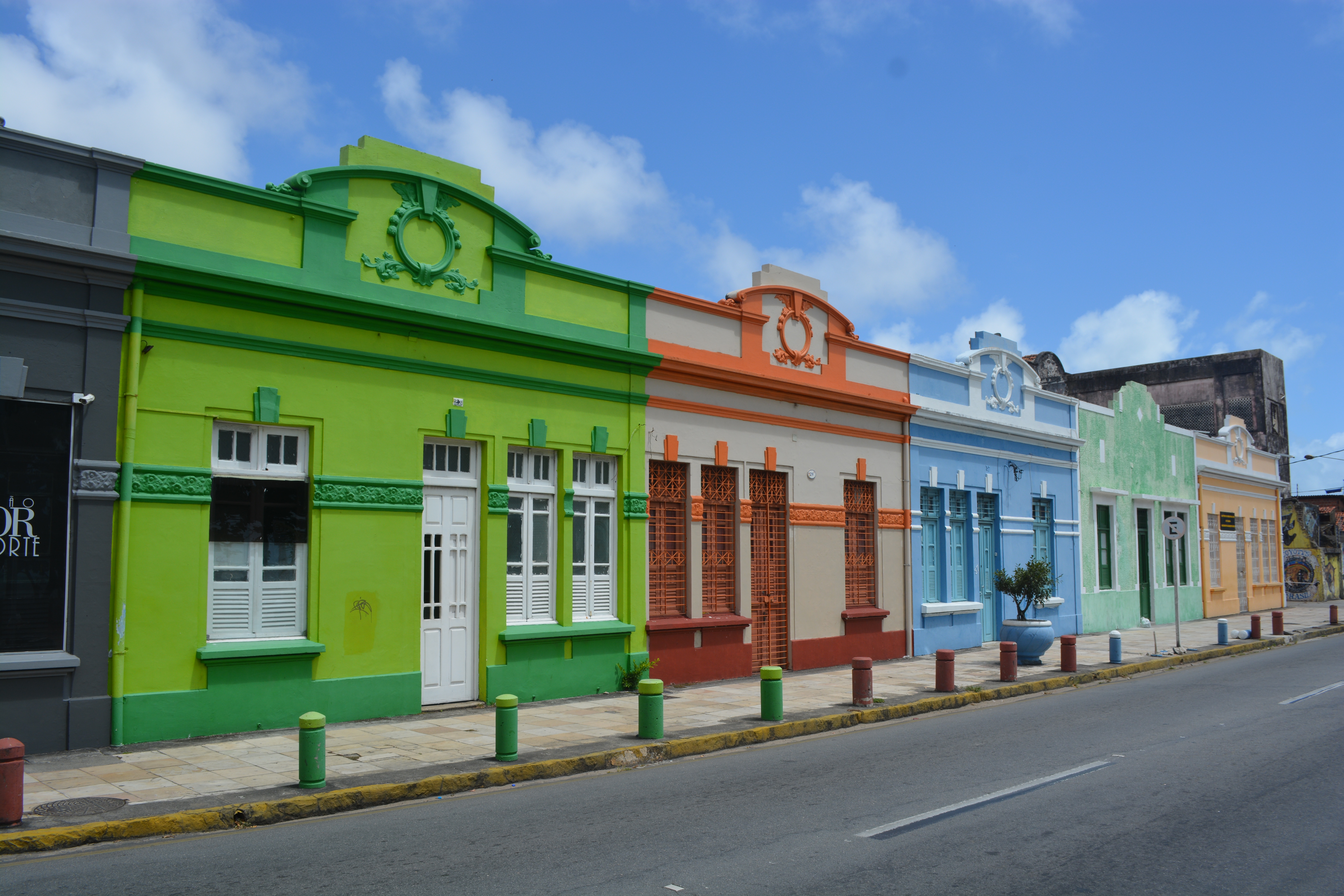
In what are now Recife’s northern suburbs, is the city of Olinda, which is one of Brazil’s UNESCO World Heritage Sites. Today, Olinda is very much part of the wider Recife economic area, and has managed to retain its old colonial architecture relatively intact, as most of the industrial and heavy economic activity is concentrated in Recife. Olinda’s old buildings have been left intact and also, in contrast to São Luís and Belém, in a significantly better state of repair.
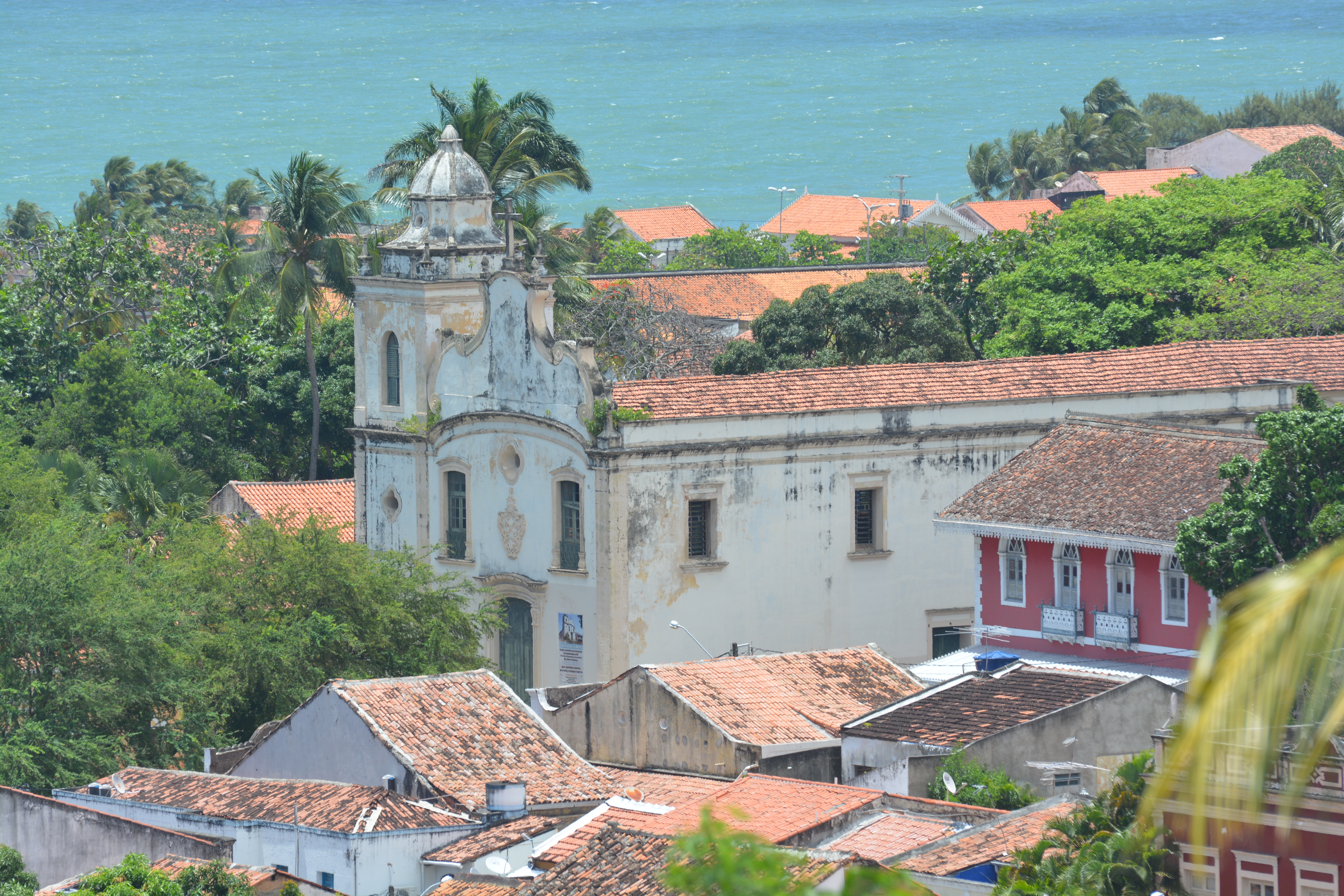
The centre of Olinda is the small hill of Alto da Sé, which offers panoramic views of the old colonial town, the sea and the modern metropolis of Recife. The Alto de Sé area is also a great place to send the evening, with numerous hawker stalls selling food and drinks, including some pretty potent caipirinhas and other spirit based fruit drinks.
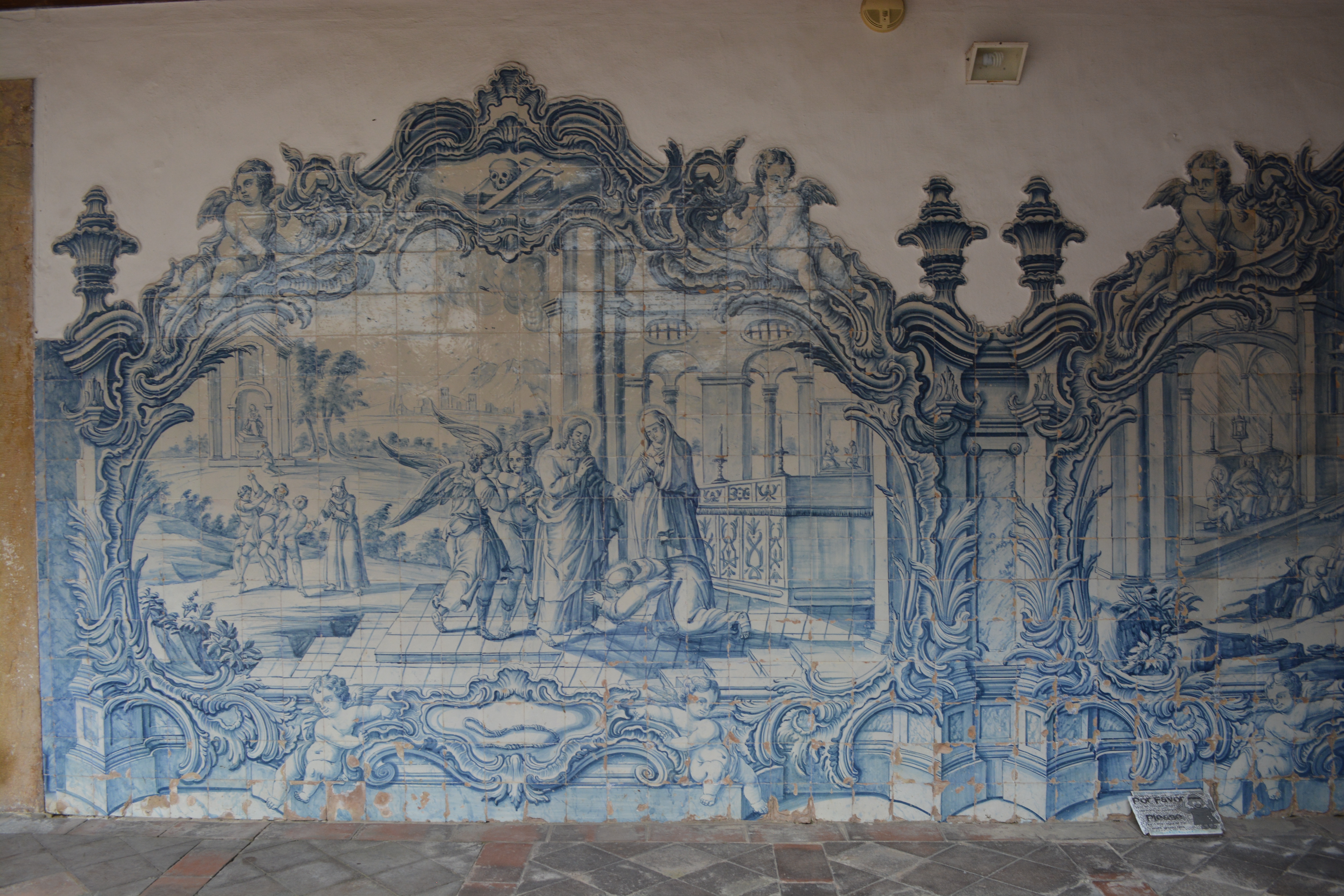
As with most colonial towns, Olinda boasts many fine churches dating from the 1600’s and the birth of modern Brazil. Of particular interest is the Convento de São Francisco which in its old cloisters and wood panelled rooms boasts some of the finest painted Portuguese tiles outside of Portugal. The convent was established in 1577 and was the first San Francisan church in Brazil.
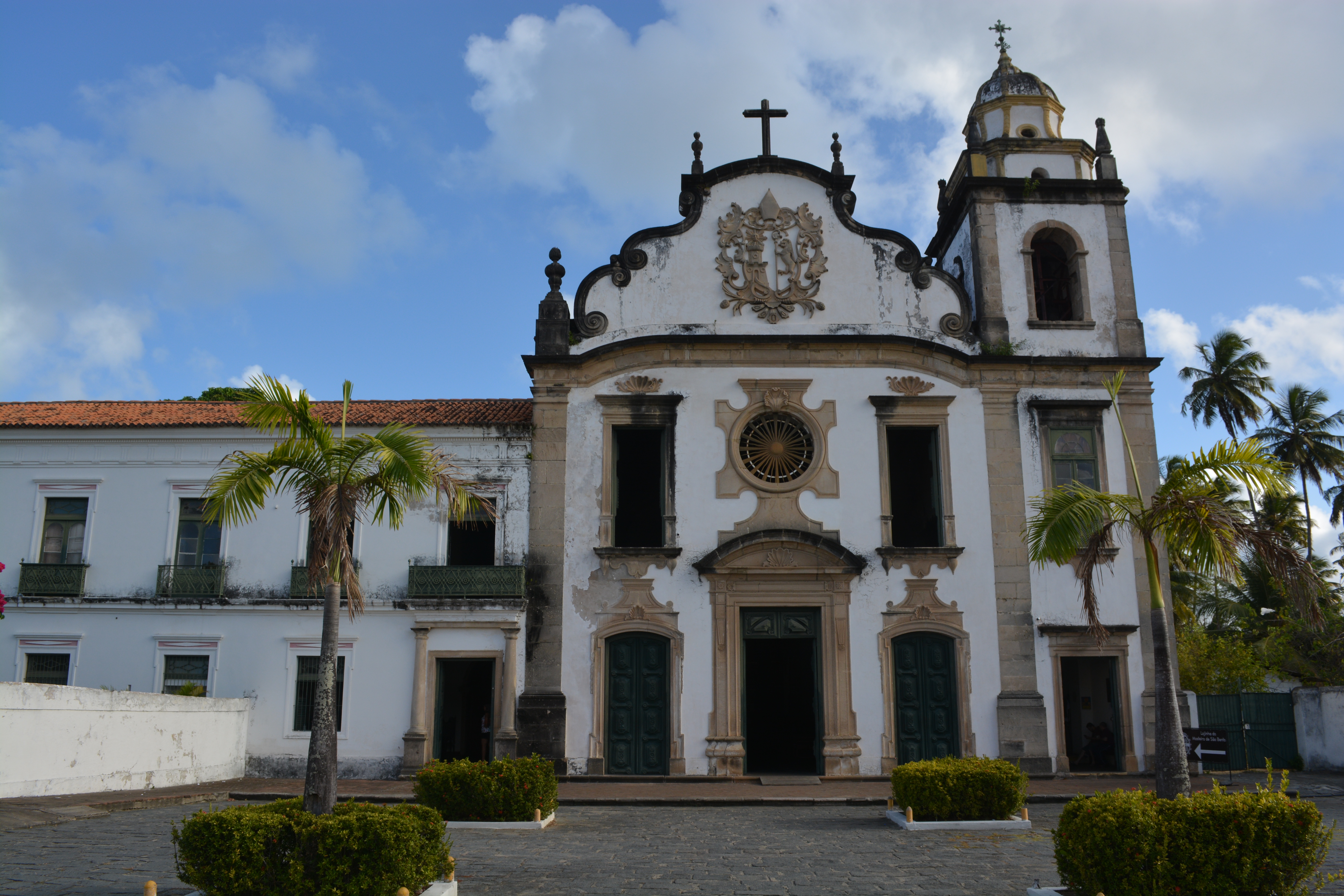
The other fine churches of Bascilica de São Bento, Igreja Carmo and Igreja do São Salvador contain some fine original altarpieces and painted wooden panels, but the exteriors are more modest. The altarpiece in Igreja Carmo was restored a few years ago and the gold leaf on the wooden carvings is very sharp. Most of the streets in the centre contain original buildings, all painted in pastel colours of greens, yellows, blues etc. Some are also tiled in Portuguese style.
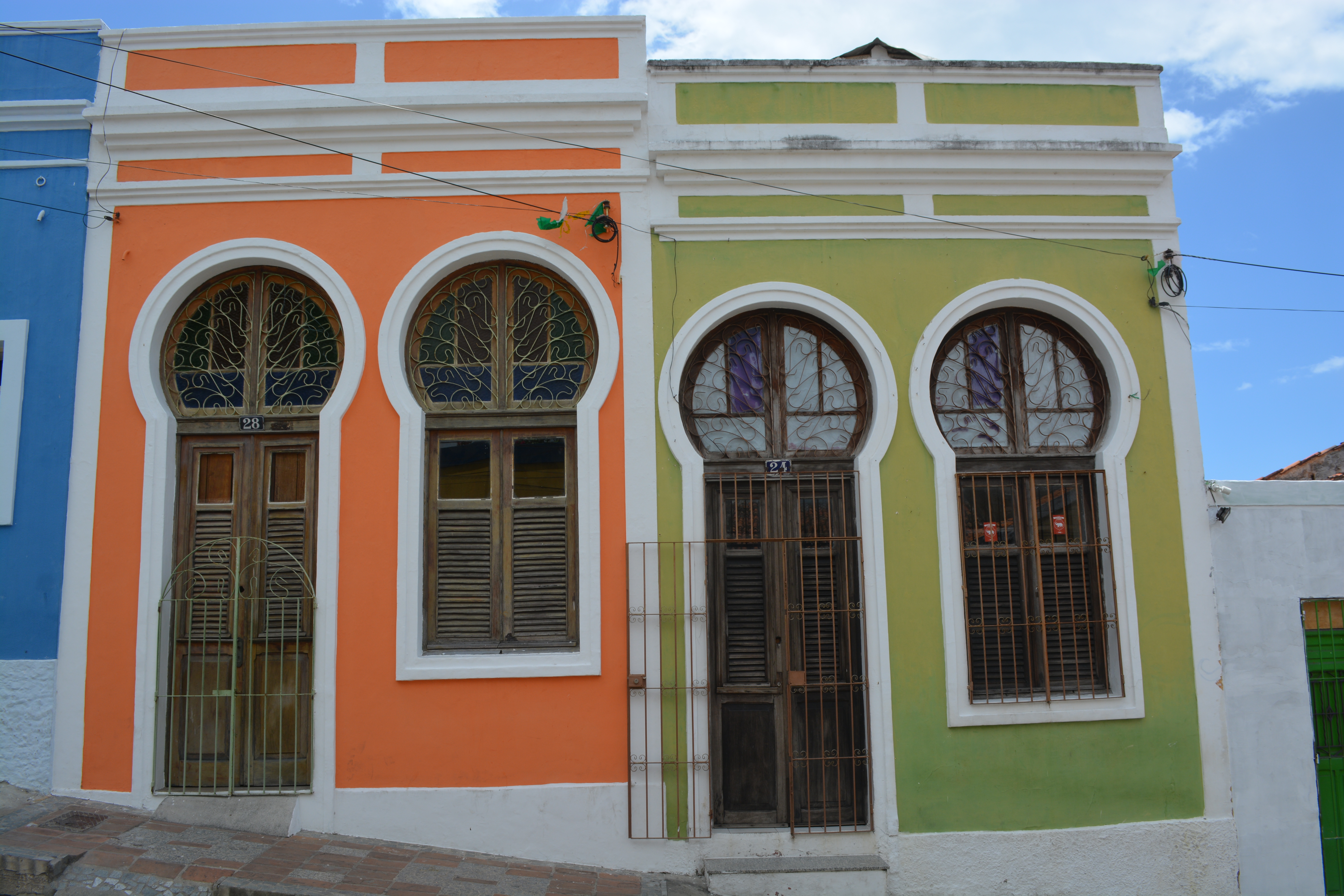
Our visit coincided with the 20th tapioca festival, and tapioca was sold from numerous hawker stalls in the main park and surrounding streets. Tapioca is clearly serious business as there was a stage with several smartly dressed individuals discussing tapioca, the crop etc. which was broadcast on radio and tv. Also on the Saturday night we caught a street parade with two large puppets being walked through the streets in the form of a mini impromptu carnival. Indeed the streets on both Friday and Saturday nights were one big party with lots of drinking, eating and dancing.
Date: 02/11/2018 to 04/11/2018

